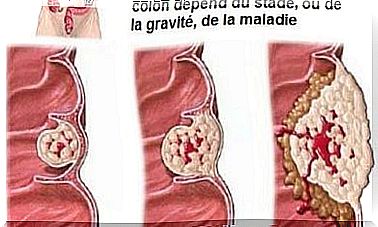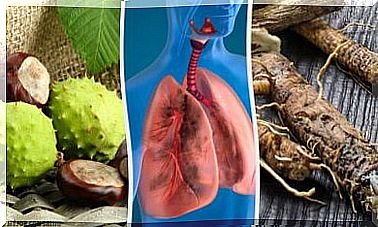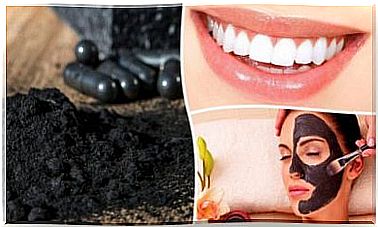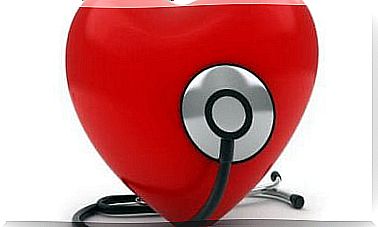Stevia, The Sweetener For Diabetics
When you buy stevia in supermarkets, you buy a chemical additive of the plant because selling this food for food is not still practiced.
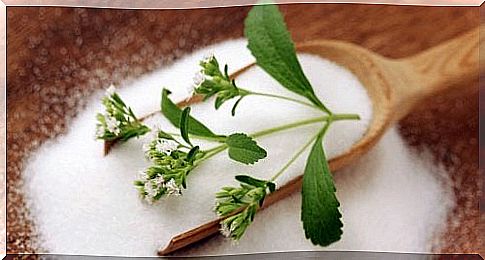
The Stevia rebaudiana Bertoni is a perennial plant with great potential sweetener that comes from Paraguay and Brazil.
In these countries, it has been used for a very long time to sweeten tea or to treat various diseases.
The first encounter between Western Europe and stevia took place in the 16th century. During the time of Spanish colonialism in South America.
The settlers, impressed, sent a report to Spain. They told that the natives of Paraguay used this plant with strong sweetening power.
However, it was not until the 19th century that interest in this plant began in Europe. Research began on its use in Brazil. Thus, in 1899, the British biologist Moisés Bertoni carried out the first report on this plant.
It was in 1900 that the chemist Ovidio Rebaudi produced the first chemical report on this plant. This report then revealed that its sweetening power was 300 or 400 times greater than sugar. That stevia also generated no adverse effects on our body.
A “new” promise, and a difficult life
The trade in stevia is not obvious because it is a sweetener with a strong sweetening power but also a healthy alternative to sucrose and other synthetic sweeteners.
Stevia also has great values and many medicinal uses that could allow us to revolutionize the pharmaceutical industry.
It would therefore seem that its free commercialization is keeping large food companies and the pharmaceutical industries on the alert.
According to its apostles, stevia suffers from the boycott of the unbelievers but especially that of all those who are interested in it but who do not want to consume it, because of its too great and threatening virtues.
Stevia is not accepted in Europe because it would contain certain compounds which could act as hypotensive.
There are also doubts about its continued use, which could lead to infertility. Some indeed put forward the fact that the Guaranis use it as a contraceptive.
As with any new product, it’s not all white or all black anyway. The controversy surrounding the authorization and commercialization of this plant has turned into a struggle of divergent interests.
The legislation in force on the European continent does not allow stevia to be marketed as a food. It is however possible to sell it as an ornamental plant.
A treasure for health or a danger for hygiene?
The Guarani of Paraguay know it as “kaa hee” (sweet herb). They use it to sweeten mate.
Stevia is also consumed as a medicinal tea and as a natural treatment for obesity, hypertension, heartburn, uric acid and even as a heart stimulant.
It is a source of protein, fiber, iron, phosphorus, calcium, potassium, zinc, and vitamins A and C.
In addition, its consumption does not provide calories, saturated fat, sugar, cholesterol, or carbohydrates.
Stevia would also help fight diseases like diabetes. indeed, if it were used in dangerous products, such as sodas for example, diabetics and obese people could consume it.
Some people claim that it helps regulate insulin naturally. This therefore leads us to think that transgenic insulins and other treatments may have to count their days if we make concrete progress on this issue.
However, given the pharmacological interactions of this plant and its hypotensive effects, its consumption is not recommended for certain patients (hypotensive).
This is why its marketing in Europe could take place only under medical prescription.
Its use would therefore be regulated. However, if we look into the matter, there are hundreds of foods that we consume on a daily basis that are not recommended for low blood pressure but are not prohibited.
Not being a product from the old continent, stevia must pass certain rigorous controls.
Its future is therefore in the hands of people whose interests are contrary to its massive use by the population.
It would therefore seem that we are hiding and preventing the dissemination of the possibilities offered by this plant. Its possible contraindications are indeed largely surmountable. Adequate regulation would suffice.
Legislation, prohibition and authorization of medicinal use and food go hand in hand. This leads us to wonder what is happening in these sectors, what are the relationships between the major bodies, why and how …
Its food use raises controversies
Various governments are acting against its free commercialization. The World Health Organization (WHO) as well as the Food and Agriculture Organization of the United Nations (FAO), nevertheless added the additives derived from stevia to the list of non-genotoxic food additives.
These organizations recommend a maximum intake of 4 mg / kg of body weight per day, expressed as steviol. They claim, however, that this figure is very conservative. That a person would never be able to consume a higher dose each day.
Some American countries therefore allow the plant to be marketed in all its forms and without restriction. This is utopian today in European countries, because of what we have been talking about.
The bets made around stevia and the great media noise it has caused in recent years clearly show that it is a chemical component that is totally suitable for human consumption.
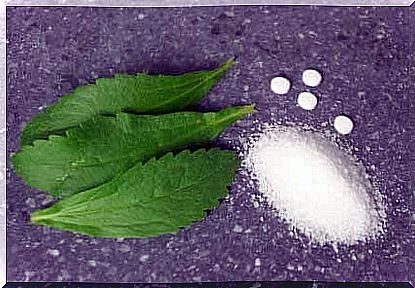
Its detractors consider that this product should only be authorized for consumption in the event that it has been modified and extracted from the chemical process. This stems from a very clear logic.
Pharmaceutical companies must be able to continue to make a profit on transgenic insulins and other drugs.
This raises the question of the interests that can converge between the large food industries and pharmaceutical laboratories.
The reality is that we do not know if the ban stems from fear of economic losses on the part of the powerful, or if it creates genuine doubt among consumers.
So, you should know that when you buy stevia, you are in fact buying one of its extracts.
It is therefore not a question of the plant but of a concrete chemical compound. A small fraction which is mixed with other ingredients under the name of stevia.
So it would seem that we are “fooled” with labels. We are sold in effects of products by pure naturalistic strategy.
We are thinking of buying a natural plant and consuming a chemical compound found in stevia.
Calling this product stevia instead of E-960 is tolerance on the part of advertisers. This should not be allowed.
But then, what are we to think?
Is it good or bad for the health? We don’t have the answer because there are conflicting answers.
As organizations contradict each other and do not give clear advice, we cannot make any progress regarding the consumption of stevia.
However, one need only take a critical look at the controversy surrounding this plant to suspect possible economic and political interests behind it.
Thus, since there are dozens of global, continental and governmental organizations, the consumer does not know who to trust and which products to choose to be sure of their positive effects and avoid unwanted effects.
This context makes us suspicious and suspicious because depending on the country where we live, it would seem that this product causes different effects. This is ridiculous and makes us doubt the reality.
You are now able to judge for yourself and above all to observe product labels better, because they do not always correspond to what is in the product.
